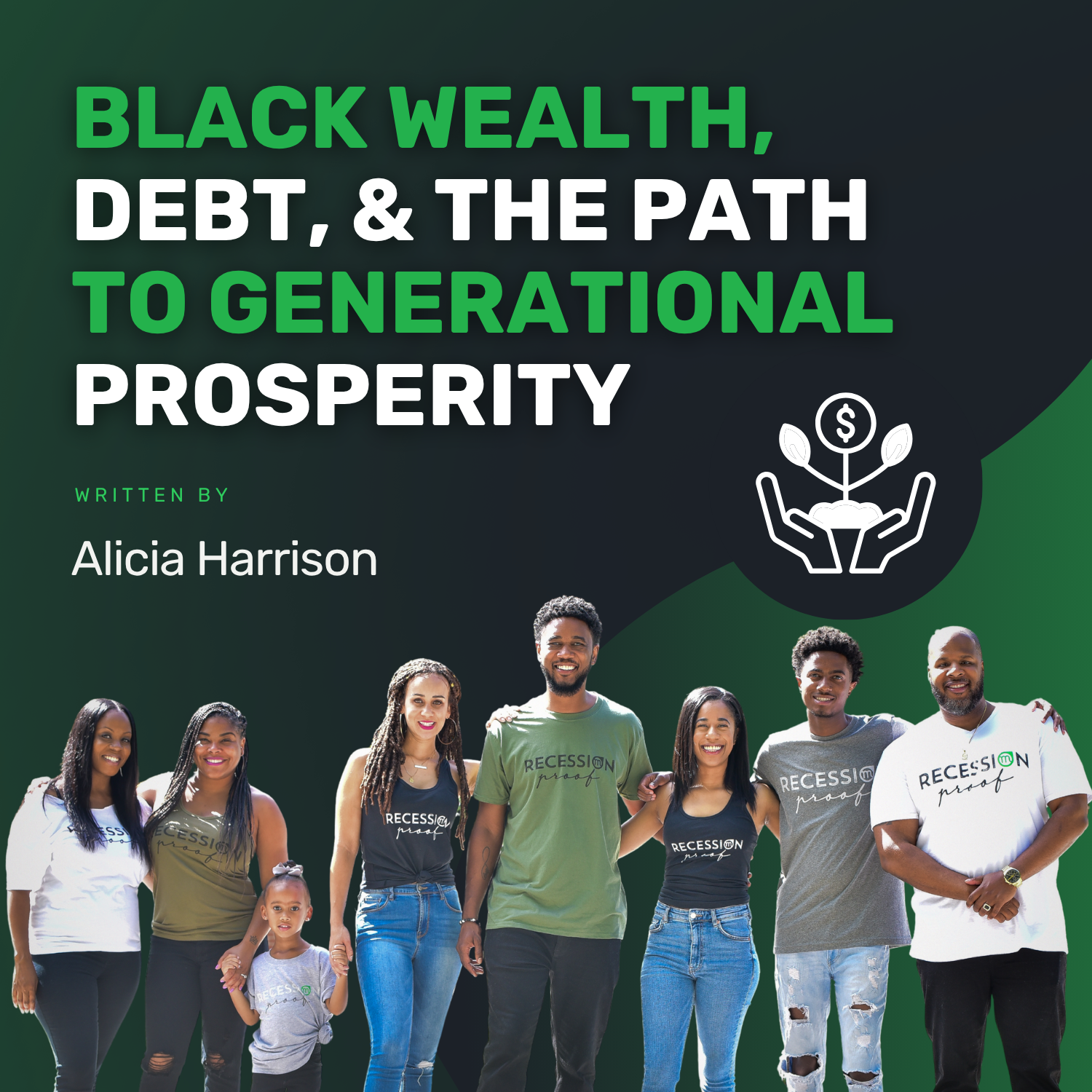
Markets vs. Reality - Portfolio Perspective
Government Reopens & Market Noise Gets Louder
The longest government shutdown in U.S. history finally ended. It dragged on long enough to test patience, strain household finances, and remind millions of Americans how fragile day-to-day financial stability can feel when paychecks stop.
If you're a federal worker or depend on government assistance, you don't need headlines to tell you the shutdown hurts. Missed income forces hard decisions. Cash reserves get stretched. Stress rises at home. These experiences matter, and they stick with people long after Washington moves on.
But here's the twist: while households felt the squeeze, markets didn't flinch much. They absorbed historic political dysfunction the same way they've absorbed wars, pandemics, and debt-ceiling drama. The disconnect between real-life strain and market reaction can be confusing, even frustrating. But it's nothing new.
Surface Strength, Hidden Weakness
Look at the broader market this year and you'll notice something odd. AI-related stocks continue to surge, pulling major indices higher. The excitement around artificial intelligence has sent valuations to levels only seen when investors believe they've found the next unstoppable force.
To quote Luisa Madrigal in "Surface Pressure" from Encanto: "Under the surface, the ship doesn't swerve as it heard how big the iceberg is." Beneath the strength of tech leaders, a large share of companies in the S&P 500 sit in bear-market territory, down 20% or more from recent highs. The index looks healthy because a handful of mega-cap names are carrying it. But the average stock isn't living in the same reality.
That gap between perception and reality is where risk hides—and where human behavior leads investors astray.
Anchoring: The Quiet Narrator in Your Head
Anchoring happens when you rely too heavily on the first idea that feels true. During a surge like this, the anchor sounds like: "AI is transforming everything. Markets will keep climbing because this time is different."
When an idea becomes an anchor, the mind bends new information to fit it. You notice the stocks that are soaring but ignore the many that are sinking. You hear about breakthroughs in machine learning but skip over questions about earnings, margins, or valuations.
Anchoring doesn't feel dangerous. It feels comfortable. That comfort is the risk.
"This Time Is Different" Thinking
Every market cycle has its story: Dot-com. Housing. Crypto. AI.
Each time, people believed the world had entered a new era where old rules didn't apply. Some parts of the story were true. Many were not. The problem isn't optimism—it's assuming the future will look so new that the past no longer matters.
"This time is different" thinking creates blind spots. You believe risk is lower than it is, ignore cautionary signals, and become comfortable with valuations that should make you nervous.
It doesn't guarantee a crash, but it sets the stage for disappointment. Since I started writing this blog on Friday, the S&P 500 is down nearly 3% from the all-time high.
Real Households, Real Emergencies
Financial emergencies rarely make headlines, but they change lives overnight. In just the last month, I've sat across from families facing real disruptions:
Job Loss & Layoffs: Severance helps, but cash reserves become the lifeline. We map out how long savings could last, prioritize essential expenses, and discuss when to tap investments or retirement accounts if needed.
Medical Issues Disrupting Work: When a spouse needs major surgery, it can pull both adults away from work. Short-term disability helps, but will the emergency fund cover medical bills, travel, and lost wages?
These stories remind us that financial planning isn't just about market returns—it's about building resilience for the moments we never see coming.
Bringing It All Together
We just watched the longest shutdown in history play out while AI stocks soared and much of the market slipped quietly into bear territory. It's natural to wonder what that means for your money.
The answer is simpler than the moment feels: markets don't follow headlines, and your financial plan shouldn't either.
But this is a moment to ensure your foundation is strong—because parts of the market are stretched, parts are weak, and the political environment remains unpredictable. This time doesn't have to be different to become difficult.
You can prepare either way.
What Investors Should Do Right Now
1. Revisit your risk tolerance. Life changes. Markets change. Your comfort with volatility may have changed too. Make sure your portfolio reflects the level of risk you can realistically handle today.
2. Fortify your cash reserves. A shutdown reminds us how quickly income can be disrupted. Aim for enough liquidity to cover several months of expenses. Also check your yield– you work hard, your money should too.
3. Check your concentration. If AI excitement has overloaded your portfolio with tech exposure, rebalance before market reality does it for you.
4. Look beyond headline indices. A market driven by a few mega-cap winners is more fragile than it appears. Make decisions based on the whole picture.
5. Keep your strategy tied to your values. These matter more than trying to outguess cycles or headlines. Anchor your decisions to your values, not to narratives about what "must" happen next.
If you want help reviewing your plan, stress-testing your risk exposure, or rebuilding a stronger cash reserve strategy, now is the perfect time to sit down and talk.

.svg)





